The white lotus flower is a captivating emblem of purity, beauty, and enlightenment. Its delicate elegance and deep historical importance make it cherished in different cultures and religions worldwide.
In this article, we will delve into the enchanting world of the white lotus flower. from its botanical origins to its symbolic meanings and practical applications,
How did the white lotus flower get its name?
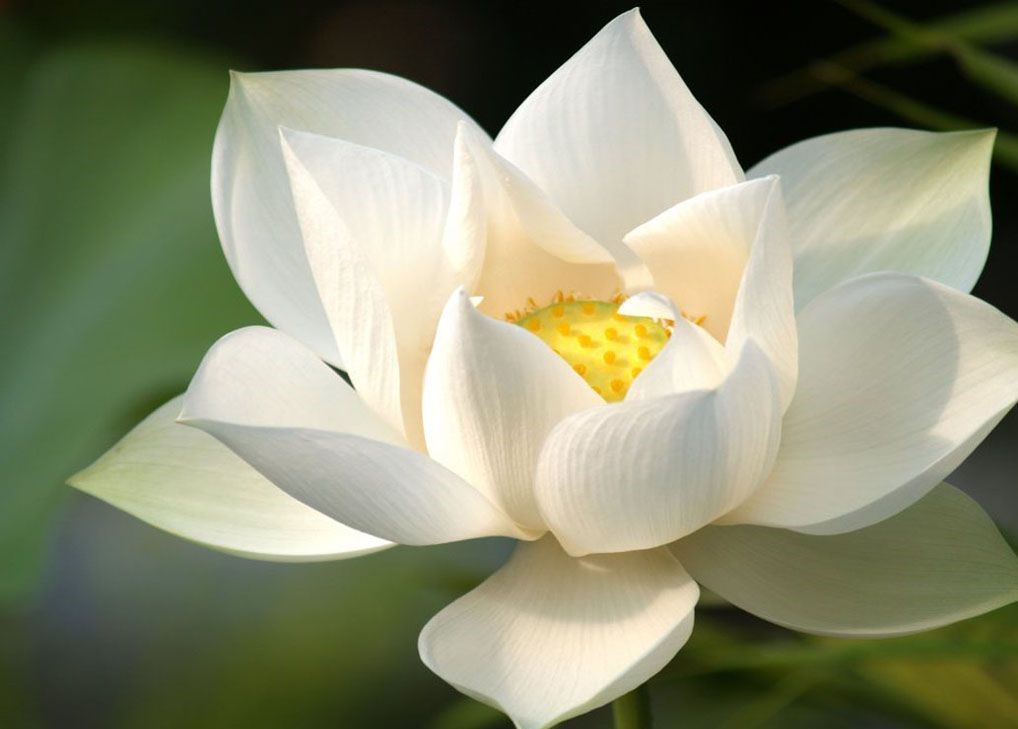

The name “white lotus flower” is a reflection of its physical attributes and coloration. The term lotus originates from the Greek word lotos, which was used to describe various plants with large, showy flowers.
What are the botanical origins of the white lotus flower?
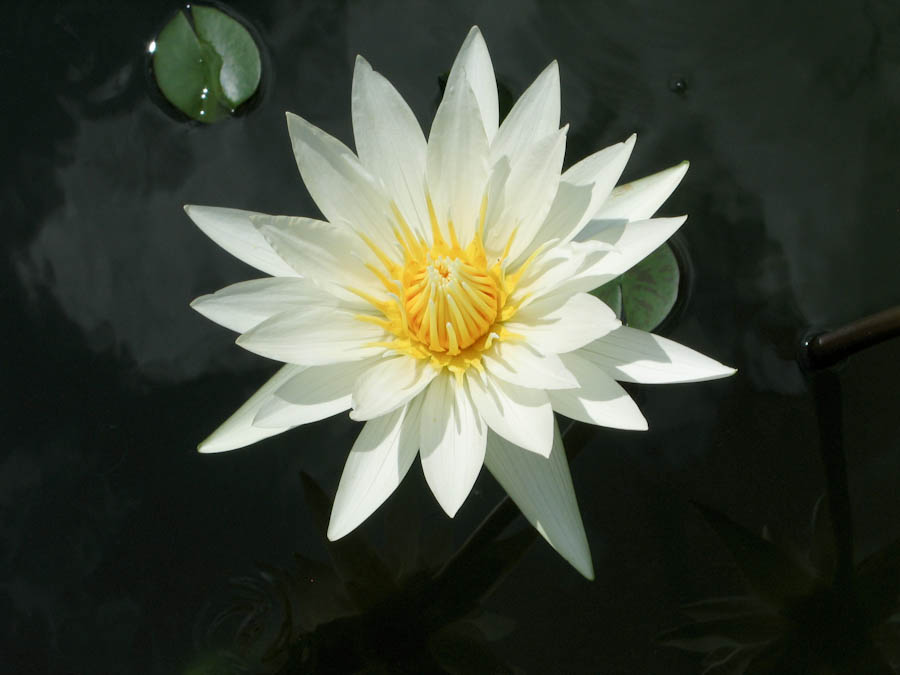

The white lotus flower, scientifically known as Nelumbo nucifera, is an aquatic perennial belonging to the Nelumbonaceae family. Its ancient origins can be traced back to Asia, particularly India, China, and Egypt.
Where do the white lotus flowers grow?
White lotus flowers predominantly grow in freshwater habitats, such as lakes, ponds, and slow-flowing rivers. They thrive in warm and temperate climates, where the water temperature remains relatively high.
Regions like Southeast Asia, parts of North America, and Africa are particularly conducive to the growth of these majestic blooms.
Do white lotus flowers require a lot of maintenance?
Despite their exquisite allure, white lotus flowers are surprisingly low-maintenance plants to cultivate.
Once established in their aquatic environment, they do not require traditional watering like other terrestrial plants.
As aquatic plants, they draw nutrients and water directly from the water they are planted in. During the growing season, it’s essential to provide them with a suitable aquatic environment that offers the right water quality, temperature, and nutrients.
Additionally, occasional pruning to remove any dead or decaying plant matter helps to maintain a healthy and vibrant white lotus display.
Do white lotus flowers need shade or sun?
White lotus flowers flourish under the full sun, basking in its warm embrace throughout the day. They require a minimum of six hours of direct sunlight to thrive.
Ensuring that these luminous blooms receive ample sunlight will encourage robust growth and more frequent flowering.
When do white lotus flowers bloom?
The blooming season of white lotus flowers typically aligns with the warmer months of the year, often commencing in late spring and continuing through summer.
The precise timing of blooming may vary slightly depending on the geographic location and climate conditions.
What kind of water do white lotus flowers prefer?
White lotus flowers prefer growing in still, shallow water with a depth of about 2 to 18 inches. Their root systems are adapted to thrive in muddy or silty substrates.
For optimal growth, the water should be free from strong currents, which can damage the delicate petals and disrupt their growth. It’s essential to maintain clean water to prevent the accumulation of debris that may impede their development.
What kind of soil do white lotus flowers prefer?
When cultivating white lotus flowers in garden ponds or containers, a mix of loamy soil and clay is ideal to mimic their natural habitat.
Regular fertilization with aquatic plant-specific fertilizers is essential to provide necessary nutrients, but care should be taken not to over-fertilize.
When is the best time to plant white lotus flower seeds?
The ideal time to plant white lotus flower seeds is in the early spring after the last frost has passed.
Before sowing the seeds, they should be scarified or soaked in warm water to facilitate germination.
Planting the seeds in a container and placing them in a shallow pond or container with water temperatures above 70°F (21°C) will provide the best conditions for successful growth.
What do white lotus flowers mean?
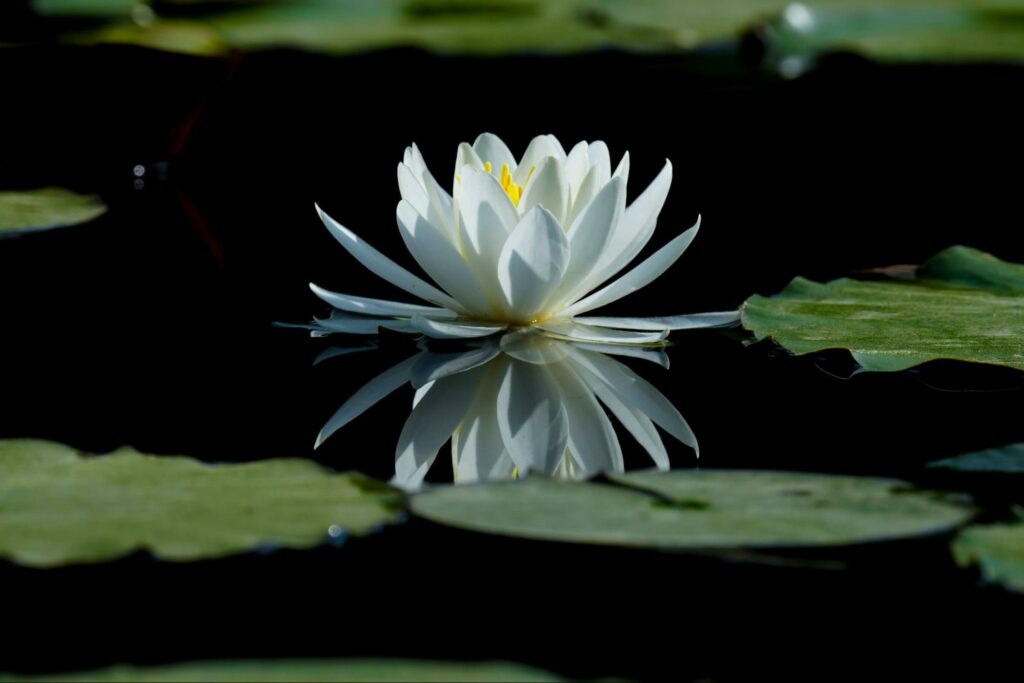

White lotus flowers are often associated with purity, beauty, and spiritual enlightenment.
They represent the triumph of the human spirit over adversity and the potential for growth and transformation. The flowers serve as a timeless reminder of the inherent beauty and resilience that can emerge from murky or challenging circumstances.
What are the cultural associations of white lotus flowers?


What are the spiritual or religious meanings of white lotus flowers?


In Buddhism, the white lotus flower embodies purity of body, speech, and mind. It’s a revered symbol of enlightenment and spiritual awakening, with images of Buddha often depicted seated on a lotus throne.
Similarly, in Hinduism, the lotus holds sacred symbolism, representing spiritual growth, divine beauty, and the realization of one’s true self. It’s associated with deities like Brahma, Vishnu, and Siva.
What are the uses of white lotus flowers?
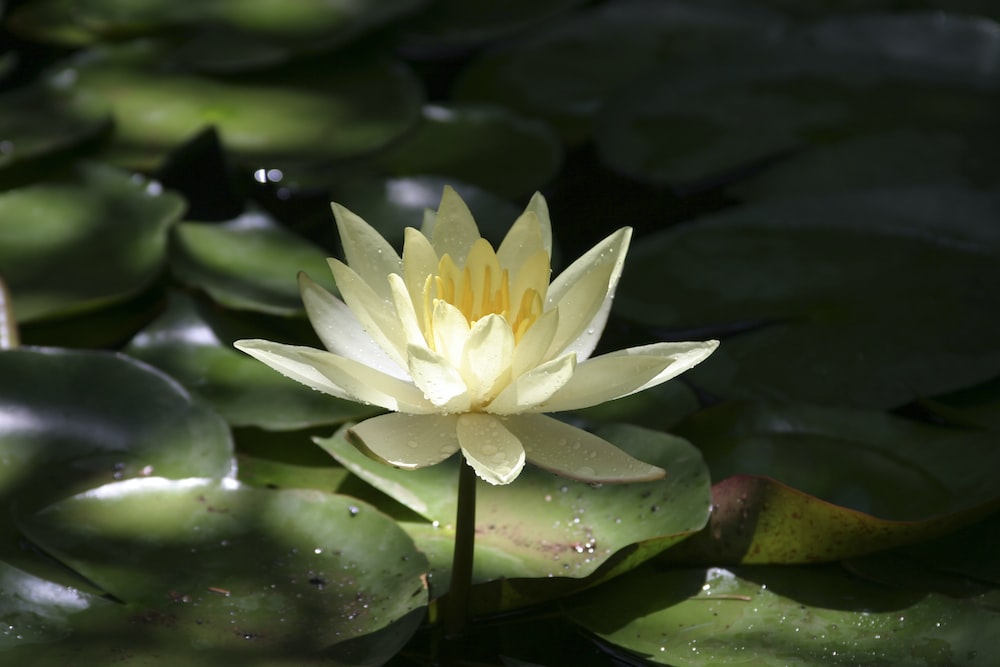

The white lotus flower is not only revered for its symbolic meanings but also finds practical applications in culinary and medicinal domains.
How can white lotus flowers be used in cooking?


Certain parts of the white lotus have found their way into culinary delights in Asian cuisine.
- Petals: The petals of the white lotus flower serve as an exquisite and edible adornment in Chinese, Indian, and Vietnamese dishes such as lo mai gai, nelum ala curry, and goi ngo sen.
Chefs and cooks value these petals for their ability to enhance the visual appeal of dishes, imparting an elegant and graceful touch to culinary creations. They contribute a subtle, floral flavor to the dishes they accompany.
This unique taste complements both sweet and savory dishes without overpowering other flavors, creating a harmonious balance of flavors.
White lotus petals are also often used as garnishes for salads, desserts, and other culinary delights.
- Seeds: The lotus seeds, affectionately known as makhana in India, are a highly prized culinary ingredient with a range of versatile uses.
Makhana is rich in protein and low in calories, which makes it an appealing wholesome alternative to conventional snacks. It has gained popularity among health-conscious individuals.
The seeds are often roasted and seasoned with an array of spices, turning them into a flavorful treat.
In addition to being a delightful snack, makhana is also used in traditional desserts and savory dishes, bringing a unique crunchiness to these culinary creations.
Can white lotus flowers be used for medicinal purposes?
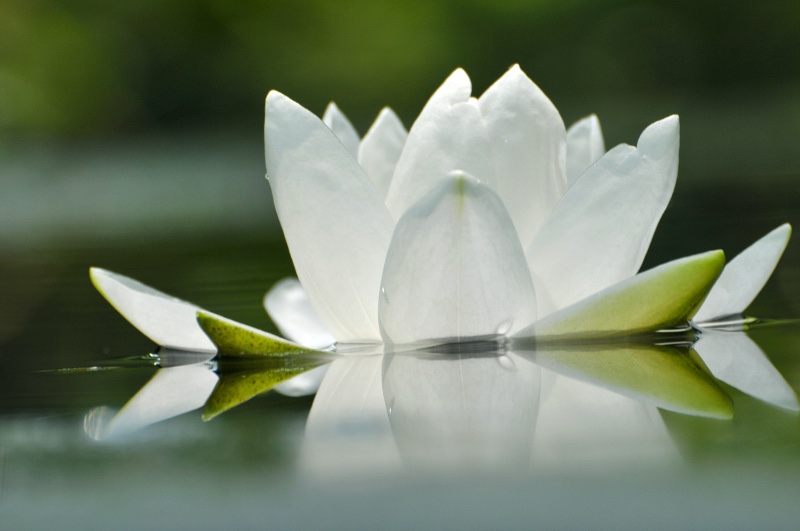

In traditional medicinal systems, different parts of the white lotus flower are utilized to address various ailments and promote overall well-being.
- Traditional Chinese Medicine: In traditional Chinese medicine, different parts of the white lotus plant are used for their medicinal benefits.
The flower’s petals are believed to possess cooling and astringent properties, making them valuable for alleviating conditions such as diarrhea as well as for reducing fevers and treating bleeding disorders.
The white lotus is mostly associated with the heart, and its stamen is believed to have calming and soothing effects when consumed or used medicinally.
The lotus root is used to promote digestive health, strengthen the spleen, and support lung function.
- Ayurvedic Medicine: In Ayurveda, an ancient Indian healing system, the lotus is believed to possess cooling and soothing properties that benefit the body and mind.
It’s used to alleviate conditions related to the digestive and respiratory systems, such as diarrhea and dysentery.
Additionally, the lotus flower is highly regarded for its impact on mental well-being and is used to calm the mind, reduce stress, and promote relaxation.
While the use of white lotus flowers for medicinal purposes is deeply rooted in traditional practices, it’s essential to exercise caution and consult qualified practitioners before incorporating any medicinal treatment.



